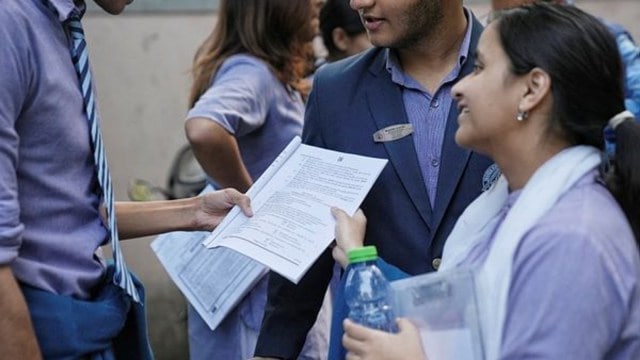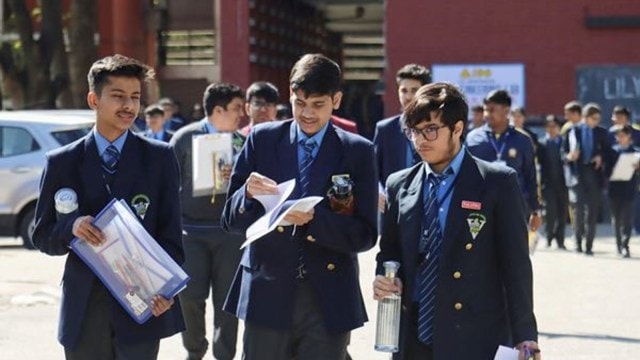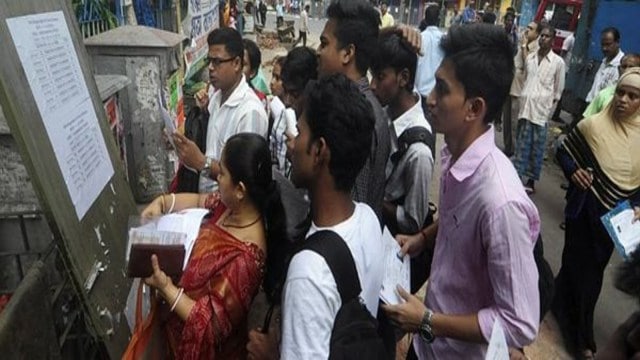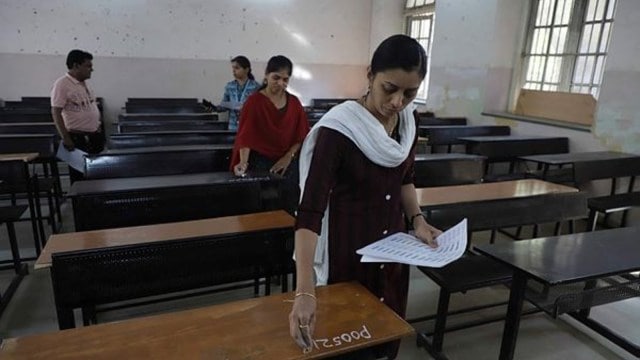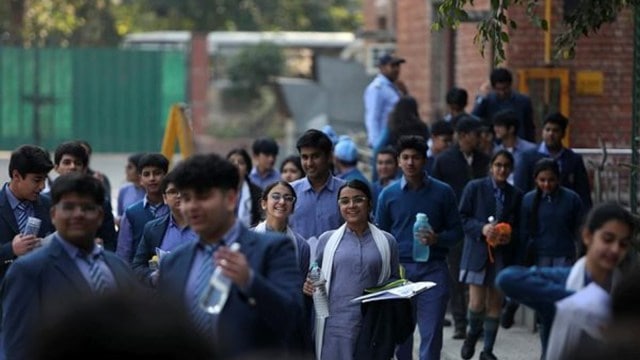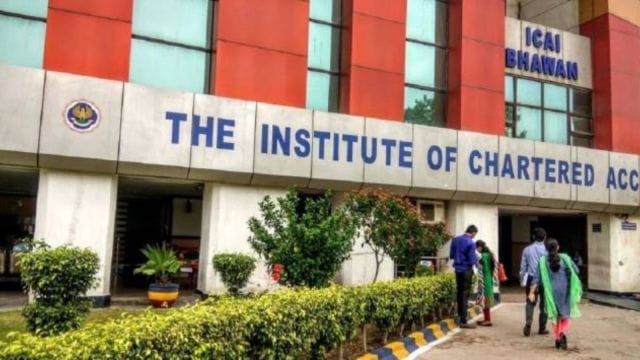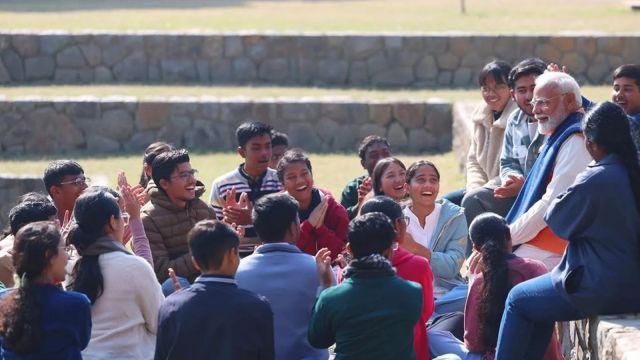
UPSC Essentials | Daily subject-wise quiz — Environment, Geography, Science and Technology (Week 39)Premium Story
UPSC Essentials brings to you its initiative of subject-wise quizzes. These quizzes are designed to help you revise some of the most important topics from the static part of the syllabus. Each day, we will cover one new subject. Attempt today’s subject quiz on Environment, Geography, Science and Technology to check your progress. Come back tomorrow to solve the Economy Quiz.
With reference to Lithium-ion batteries, consider the following statements:
1. It uses aqueous electrolyte solutions.
2. The energy density of lithium-ion batteries is nearly ten times that of nickel-cadmium batteries.
3. It does not undergo corrosion as lithium is a non-reactive metal.
How many of the statements given above are correct?
(a) Only one
(b) Only two
(c) All three
(d) None
With reference to Red Sanders, consider the following statements:
1. It is a fragrant variety of sandalwood that mostly grows in rocky, hilly regions.
2. The export of Red Sanders is highly restricted.
3. It is a protected species under the Convention on International Trade in Endangered Species (CITES).
How many of the statements given above are correct?
(a) Only one
(b) Only two
(c) All three
(d) None
Cyclone Midhili was in the news. It was formed in:
(a) Indian Ocean
(b) Arabian Sea
(c) Bay of Bengal
(d) Gulf of Oman
With reference to the Large Hadron Collider (LHC), consider the following statements:
1. It is built to study particles that are the smallest known building blocks of all things.
2. It uses a distribution system of liquid helium to keep its critical components ultra cold at minus 271.3 degrees Celsius.
3. The electric field keeps the protons in a tight beam and guides them along the way.
How many of the statements given above are correct?
(a) Only one
(b) Only two
(c) All three
(d) None
With reference to renewable energy, consider the following statements:
1. India is the world’s largest producer of renewable energy.
2. Solar energy accounts for maximum energy production.
Which of the statement(s) given above is/are correct?
(a) 1 only
(b) 2 only
(c) Both 1 and 2
(d) Neither 1 nor 2
FYI:
— The energy density of lithium-ion cells used in today’s mobile phones and electric vehicles is nearly four times higher than that of older-generation nickel-cadmium batteries. Hence, statement 2 is not correct.
— Lithium-ion batteries use aqueous electrolyte solutions, where ions transfer to and fro between the anode (negative electrode generally made of graphite) and cathode (positive electrode made of lithium), triggering the recharge and discharge of electrons. Hence, statement 1 is correct.
— The lithium-ion batteries are seen as sufficiently efficient for phones and laptops, they still lack the range that would make EVs a viable alternative to internal combustion engines.
— One major problem is that lithium metal is extremely reactive. The main form of lithium corrosion are dendrites, which are branched lithium structures that grow out from the electrode and can potentially pierce through the separator and on to the other end, short-circuiting the cell. Hence, statement 3 is not correct.
Therefore, option (a) is the correct answer.
FYI:
— Red Sanders is a non-fragrant variety of sandalwood that mostly grows in rocky, hilly regions. Hence, statement 1 is not correct.
— The botanical name of red sanders is Pterocarpus santalinus.
— In Andhra Pradesh, it is limited to a tiny area of about 5,200 square kilometres in the Palakonda and Seshachalam hills in the districts of Kadapa and Chittoor, as well as some adjacent areas of Anantapur district, the Nallamalla forests in Kurnool and Prakasam, and some areas of Nellore district.
— There is some wild growth in some adjacent areas of Tamil Nadu and Karnataka.
— Red Sanders is a protected species under the Convention on International Trade in Endangered Species (CITES) of Wild Fauna and Flora. Hence, statement 3 is correct.
— Red Sanders is a fast disappearing species restricted to a tiny geographical area. Felling is illegal, export is highly restricted. Permission is required to fell and sell even trees in private farms. Hence, statement 2 is correct.
Therefore, option (b) is the correct answer.
FYI:
— Cyclone Midhili, which crossed the Bangladesh coast, weakened from a ‘deep depression’ into a ‘depression’, as per the India Meteorological Department (IMD).
— Deep Depression (remnant of Cyclonic Storm “Midhili”) over Tripura & adjoining Bangladesh weakened into a Depression and about 50 km east-southeast of Agartala and 160 km southwest of Silchar.
— It was formed as a deep depression over the Bay of Bengal intensified into a cyclonic storm ‘Midhili’
Therefore, option (c) is the correct answer.
FYI:
— The European Organization for Nuclear Research (CERN), which hosts the Large Hadron Collider,(LHC) said that scientists at the organisation found the first evidence of the rare process by which the Higgs boson decays into a Z boson and a photon.
— The Large Hadron Collider is a giant, complex machine built to study particles that are the smallest known building blocks of all things. Hence, statement 1 is correct.
— It has a 27-km-long track loop buried 100 metres underground on the Swiss-French border. In its operational state, it fires two beams of protons almost at the speed of light in opposite directions inside a ring of superconducting electromagnets.
— The magnetic field created by the superconducting electromagnets keeps the protons in a tight beam and guides them along the way as they travel through beam pipes and finally collide. Hence, statement 3 is not correct.
— The LHC uses a distribution system of liquid helium to keep its critical components ultracold at minus 271.3 degrees Celsius, which is colder than interstellar space. Hence, statement 2 is correct.
Therefore, option (b) is the correct answer.
FYI:
— The Union Power Ministry decided to increase its coal-powered generation capacity at a review meeting held less than a week before the start of COP28, with plans to add at least 80 gigatonnes by 2031-32.
— India is now the third-largest producer of renewable energy in the world. Non-fossil fuel sources, including large hydro, now account for more than 40% of installed electricity capacity, up from around 25% in 2013. Solar and wind capacity now account for more than 30% of total capacity. Hence, statement 1 is not correct.
— India currently has 168.96 GW of total renewable energy capacity (as of February 28, 2023), with approximately 82 GW in various stages of implementation and approximately 41 GW in the tendering stage.
It includes – 64.38 GW Solar Power, 51.79 GW Hydro Power, 42.02 GW Wind Power and 10.77 GW Bio Power. Hence, statement 2 is correct.
Therefore, option (b) is the correct answer.
Daily subject-wise quiz — Polity and Governance (Week 39)
Daily Subject-wise quiz — History, Culture, and Social Issues (Week 39)
Daily subject-wise quiz — Environment, Geography, Science and Technology (Week 38)
Daily subject-wise quiz — Economy (Week 38)
Daily subject-wise quiz – International Relations (Week 38)
Subscribe to our UPSC newsletter and stay updated with the news cues from the past week.

 Posts
Posts Sign up as a Teacher
Sign up as a Teacher